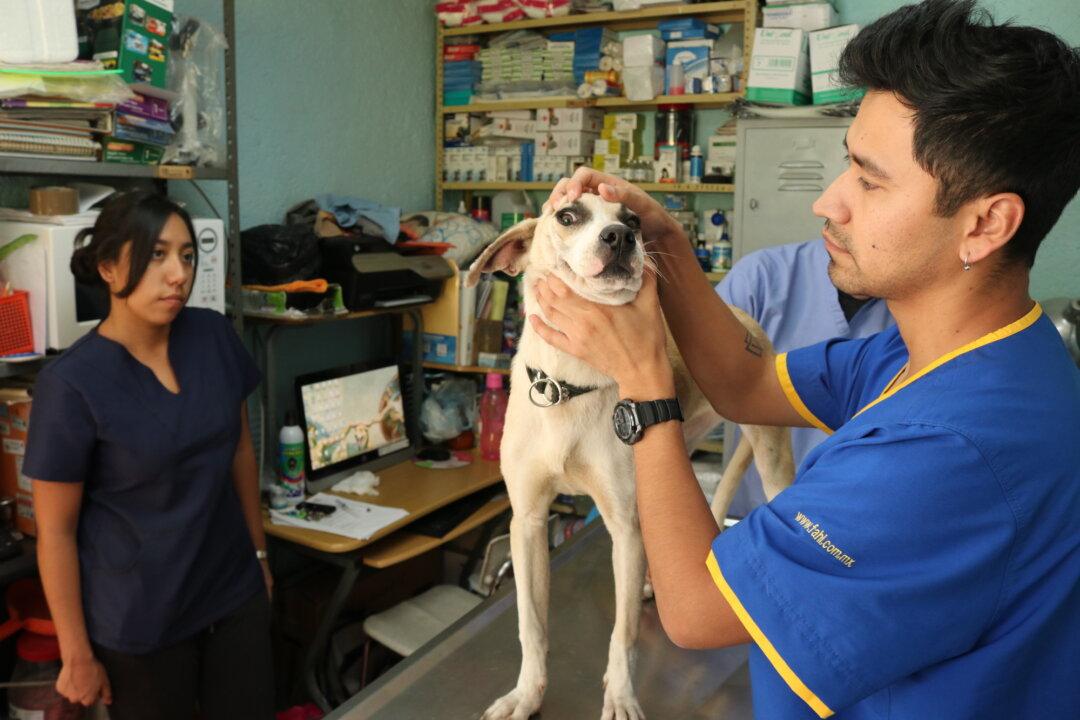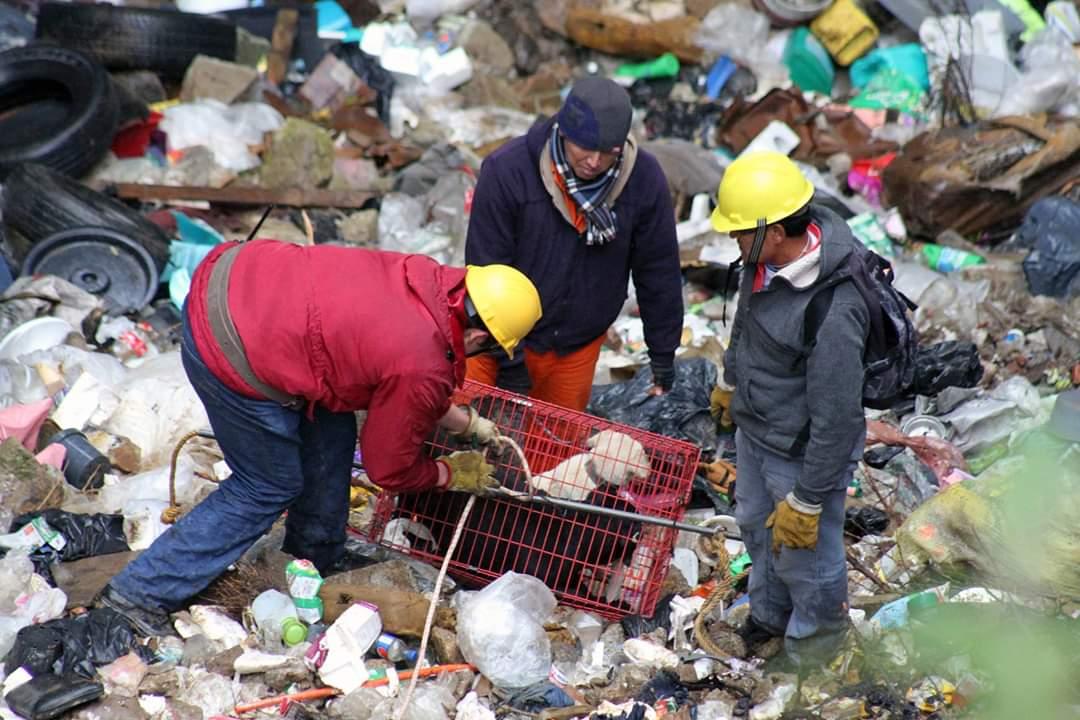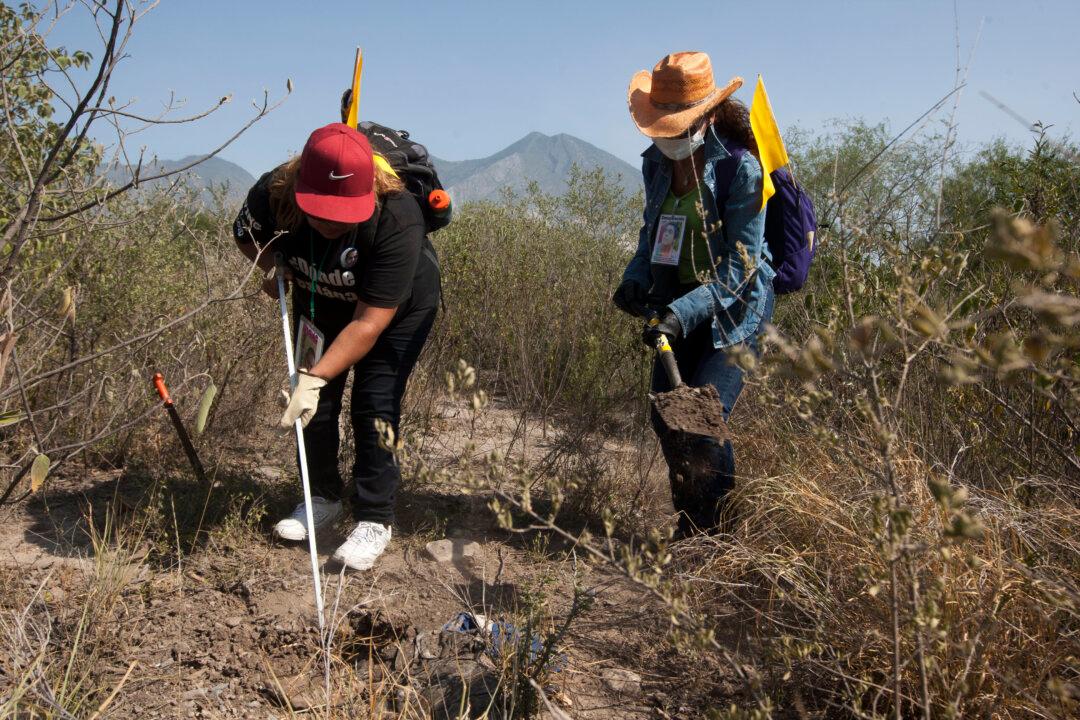MEXICO CITY—Pet dogs are extremely popular in Mexico. In the evenings, the parks of Mexico City are teeming with dog walkers often stopping to chat with those they only know through a shared passion for their pets. But there is a dark side to this picture of harmony between man and his best friend.
According to Mexico’s National Institute of Statistics and Geography, 70 percent of Mexico’s estimated 18 million dogs live on the street, either born as strays or abandoned by their owners. The country has the largest number of street dogs in Latin America.




